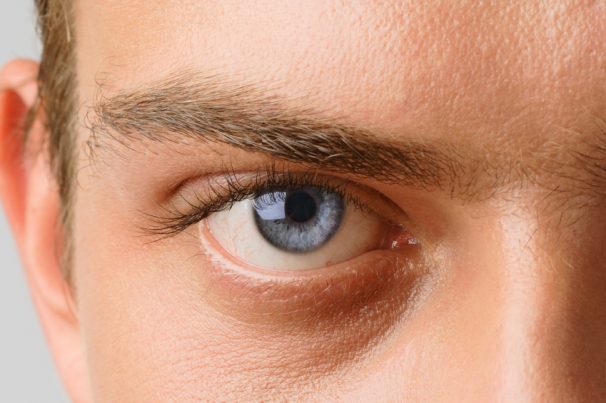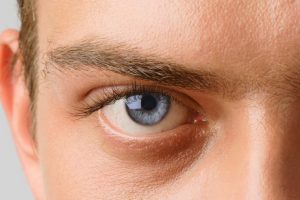
Blepharospasm — causes, side effects and treatments at NaturalPedia.com
Friday, January 19, 2018 by Michelle Simmons
http://www.naturalpedia.com/blepharospasm-causes-side-effects-and-treatments-at-naturalpedia-com.html

Blepharospasm is an abnormal, involuntary blinking or spasm of the eyelids. The cause of this disease is unknown, but it is associated with an abnormal function of the basal ganglion, which is the area of the brain that is important for controlling the muscles. The development of the disease may be due to heredity, although this only occurs rarely. In some cases, it may be a side effect of other eye problems such as trichiasis, foreign body in the eye, and dry eyes. In addition, it may sometimes be caused by nervous system disorders such as Parkinson’s disease. Other possible causes of blepharospasm include multiple sclerosis, focal brain injury or tumor, infections, adverse drug reactions, tardive dyskinesia, Tourette’s syndrome, and cerebral palsy.

Known side effects of blepharospasm
Also known as eye twitch or twitching eye, blepharospasm causes several side effects. The most common side effects of blepharospasm include uncontrollable blinking, squinting, winking, twitching, or squeezing closed an eye or both. Moreover, a person with the disease may find it hard to keep their eyes open. In addition, the eye spasms become worse and more frequent as time goes by. The progression of symptoms includes spasms in response to particular triggers, such as fatigue or bright lights, spasms that occur more frequently during the day, regardless of the presence of the triggers, and spasms that force the eyelids to close for hours at a time, as well as spasms that pull the eyebrows down towards the eyes.
Body systems harmed by blepharospasm
The main body system that is harmed by blepharospasm is the ocular system since it is a disorder of the eye. It also affects the nervous system.
List of foods or nutrients that prevent blepharospasm
According to an entry published on the website EarthClinic.com, natural treatments for eye twitching involve the relaxation of the eye muscles, relief of eye sensitivities, and the regulation of the brain and nervous system. These can be achieved by consuming foods or supplements rich in potassium, calcium, and magnesium. Potassium, typically found in bananas, is an effective treatment for muscle spasms. It is an electrolyte that enhances the efficient functioning of the cells, tissues, and organs.
Calcium, usually found in milk, is an important nutrient for strengthening the bones and teeth. In addition, it is also involved in the maintenance of the nerves and nervous system. It is an important component for treating spasms as it helps maintain the neurotransmitters that send signals from the brain to the body. Magnesium regulates the circulatory and nervous system by promoting a strong, steady heart rhythm and normal blood pressure. These prevent uncontrolled muscle function.
Treatments, management plans for blepharospasm
Blepharospasm can be treated in several ways, according to an article published on the website BelmarraHealth.com. These include stress management, medication, botulinum, and surgery. Natural treatments for the disease include massages, wearing of headband, mouth movements, diet, dark glasses, meditation, avoiding drugs, chiropractic, acupuncture, and hypnosis.
Where to learn more
- Botox or Not to Botox?
- Five Side Effects of Botox
- Magnesium is Vital for Good Health
- Does Botox for your bladder actually work?
- Your Weekly Food-Like-Product – MIO Energy Drink
Summary
Blepharospasm is an abnormal, involuntary blinking or spasm of the eyelids.
Blepharospasm causes uncontrollable blinking, squinting, winking, twitching, or squeezing closed an eye or both, and difficulty in keeping the eyes open.
Blepharospasm harms the ocular and nervous systems.
Blepharospasm can be prevented by consumption of potassium, calcium, and magnesium.
Blepharospasm can be managed through stress management, medication, botulinum, and surgery. Natural management methods for blepharospasm include massages, wearing of headband, mouth movements, diet, dark glasses, meditation, avoiding drugs, chiropractic, acupuncture, and hypnosis.
Sources include:
Tagged Under: Tags: Blepharospasm





